Your brain is made up of billions of specialised cells called neurones that transmit information by chemical and electrical signals. They control every thing we do, right down to how we feel - our emotions.
It is thought an area on the side of the brain called the amygdala controls how we feel - excited to open a present, sad when someone breaks a toy, or angry at unfairness.
Noah is a very emotive little boy and is very aware of other people's feelings. he constantly asks me if I am happy, or sad. When he is confused he will say 'what face is that?' to me.
So Firstly I asked him to show me his faces for angry, sad and happy. This was his interpretation.

We then decided to see if he could interpret some other faces.
I cut out lots of faces from magazines and newspapers throughout the week.
I made three prints out with happy, sad and angry on them (and because he can't yet read- he is only three!) I put faces that matched the emotion on them too.
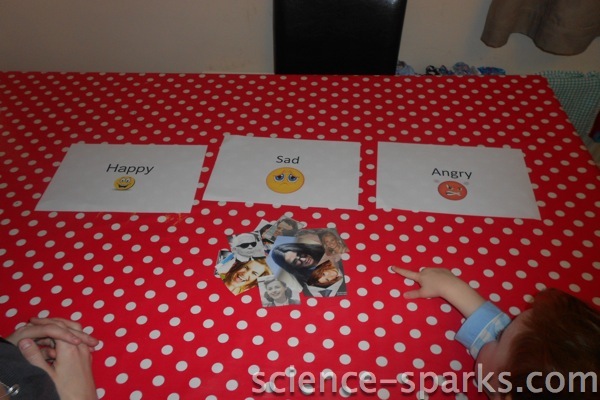
We then went through each cut out picture and place it on the poster he thought it most matched.
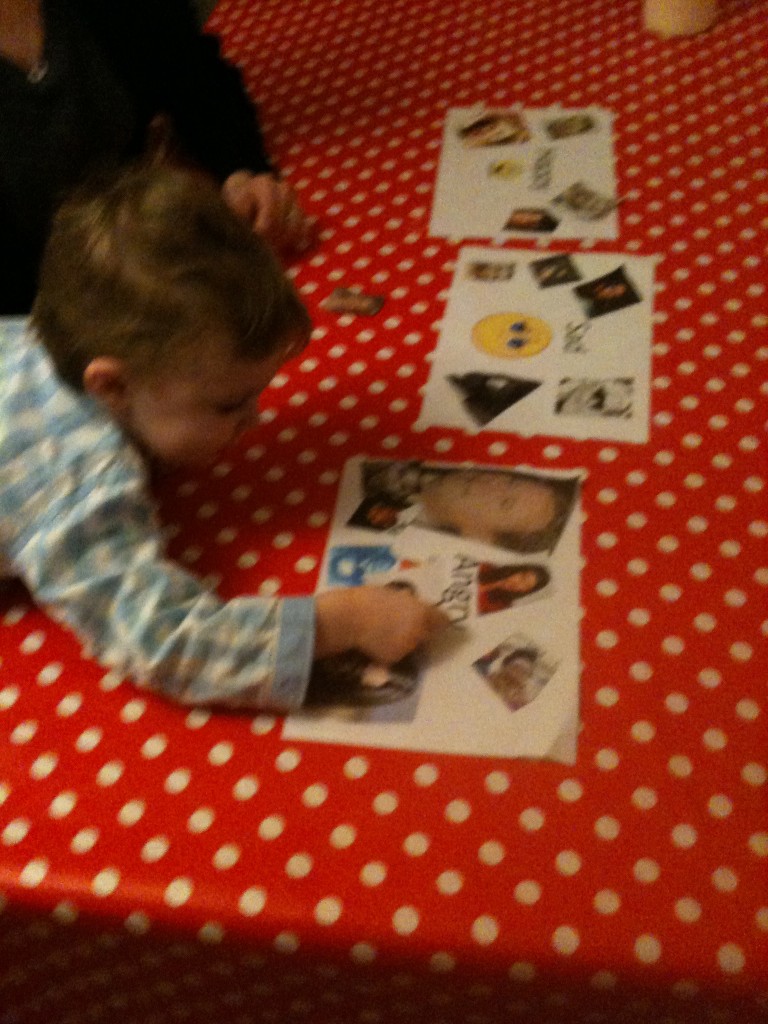
We then glued them all down.

You could extend this further with other emotions for older children or get them to decide the emotions first hand.
It is also a great way to get little ones to communicate and understand how they feel.
Last Updated on January 1, 2013 by Emma Vanstone
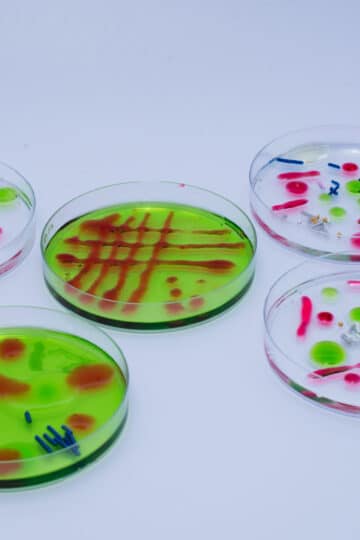
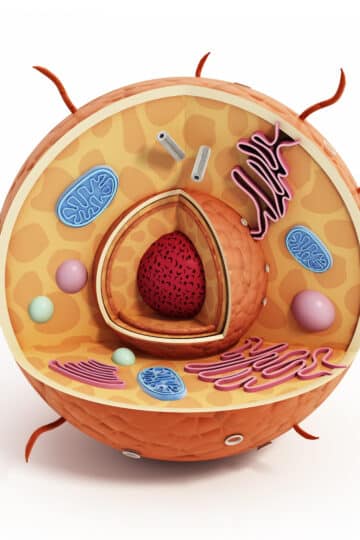

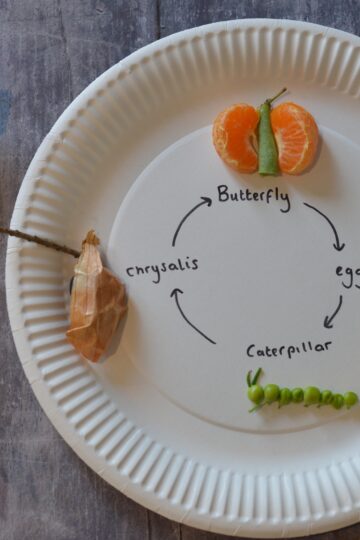
MsXpat says
Brilliant idea! My toddler never seems to believe that I'm annoyed when he hits. He thinks I'm still playing. Wonder if this will get the message across, lol.
Angela says
I love the way you had him match up the faces in to categories. I have been trying to think of a way to make a meaningful game of emotions and this is perfect!
Thanks for sharing!
moonsprig.com
sunnymama says
This is a great idea! Sunnyboy is a little older than Noah but I think this would still be a great activity to do with him. Thanks! 🙂
MiaB says
Great activity!! I linked up my snowman themed activity 🙂 Thanks for sharing this with us at Sharing Saturday.
~MiaB
http://www.mamamiasheart2heart.com
Natalie says
I like this idea. Noah is so cute with his emotion faces. My daughter is 5, and we still talk a lot about different emotions.